Editor’s Note: This story was originally posted on Women Riders Now (WRN) on December 19, 2017.We’re bringing it out of hibernation because it includes good information to help you prepare for winter.
If you are one of the unfortunate souls who live in a climate that prevents you from riding your beloved motorcycle for several months out of the year, let me offer you my condolences. I too, live in a place where the thermometer plummets and the roads turn to ice, forcing me to use four-wheeled transportation for about five months out of the year.
When I’m on my game, I prepare my motorcycles for a long winter by following this simple checklist of tasks that takes just a few hours.
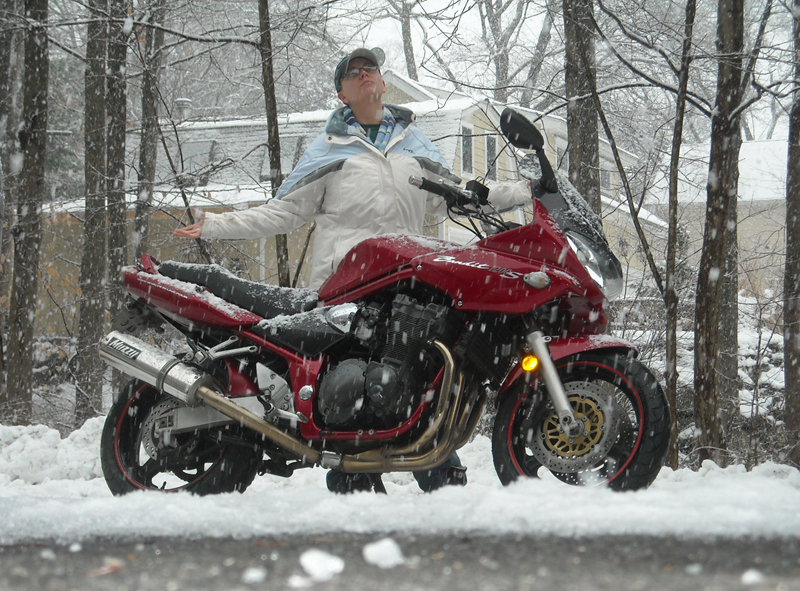
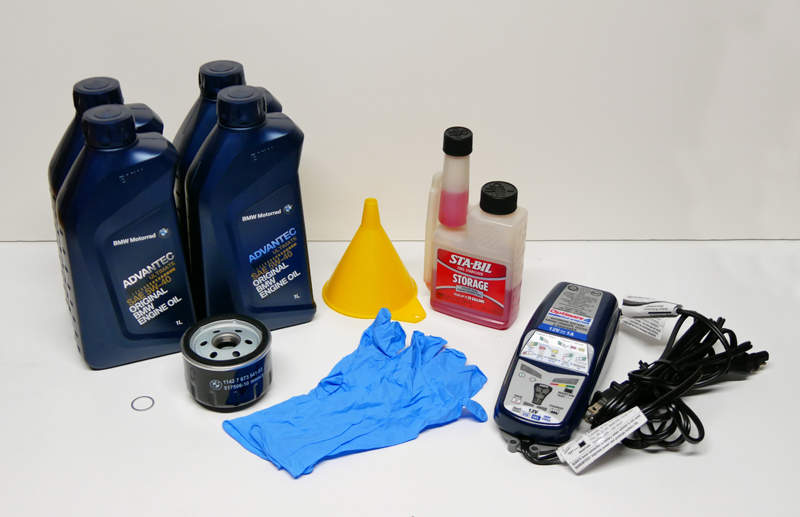
Following is a list of eight steps to take so your bike will be ready for you to ride as soon as the snow melts.
1. Clean the motorcycle
Dirt, condensation, and temperature fluctuation all come together over time to form a corrosion party. The easiest way to prevent this is by putting your motorcycle away clean and buffed. Now is the time to give it a good detailing job.
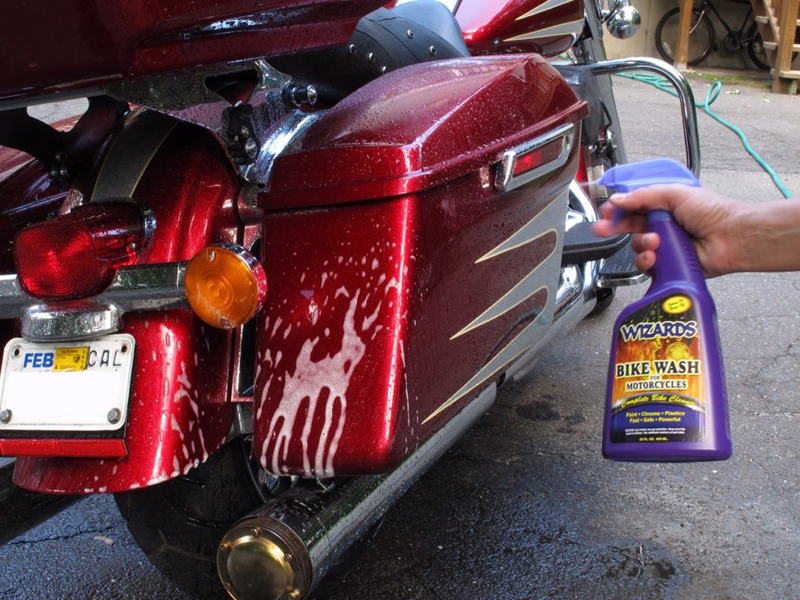
If you’ve already missed the boat and put the hose away for the winter, you can still get some good spray and wipe cleaning products to use in the garage. Apply some WD-40 to a rag to wipe down metal parts (except brake parts), and apply a good coat of wax to all the painted parts. Some people like to leave the wax on over the winter and buff it off in the spring. This provides a nice protective layer of wax over your paint for the winter.
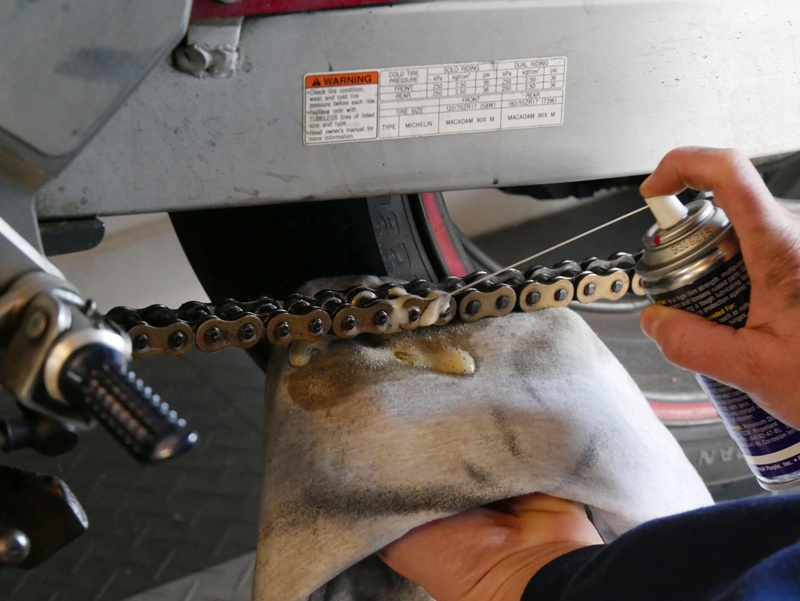
2. Change the engine oil
Just like the motorcycle itself, you want your engine to be as clean as possible during storage, so it’s best to perform an oil/filter change to flush out contaminants just before winter storage. A product called Sea Foam has great water absorption properties, and a small amount can be added to your fresh engine oil. Sea Foam will also dissolve varnish deposits it encounters, and, most importantly, is safe for use inside an engine.
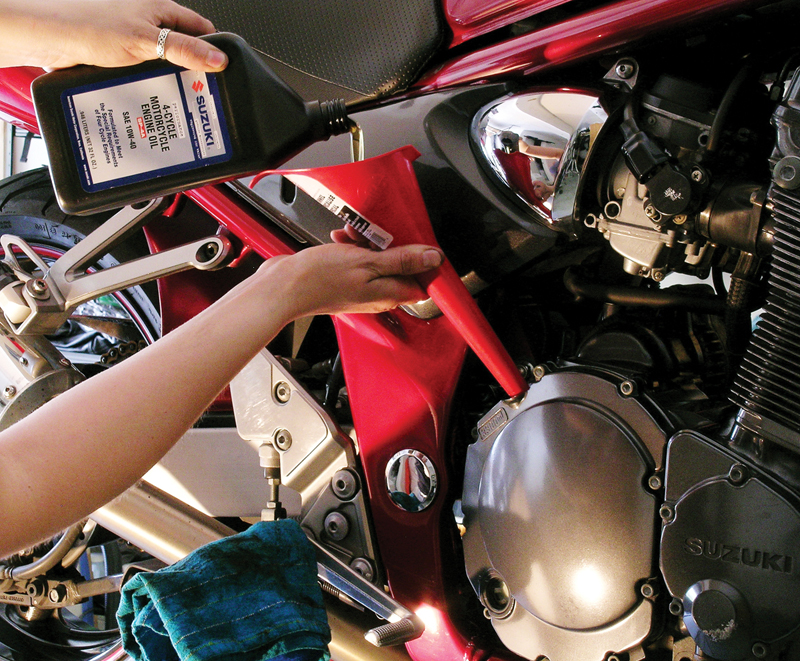
3. Top off the tank and add fuel stabilizer
The longer a fuel tank sits, and the larger the volume of trapped air, the more havoc that can be wrought on your fuel system. Temperature fluctuations will cause moisture in the air to evaporate in the sealed environment and condensation will occur. A metal tank will begin to corrode under these conditions and cause rust to form, which can weaken your tank and eventually clog fuel filters, injectors, and jets.
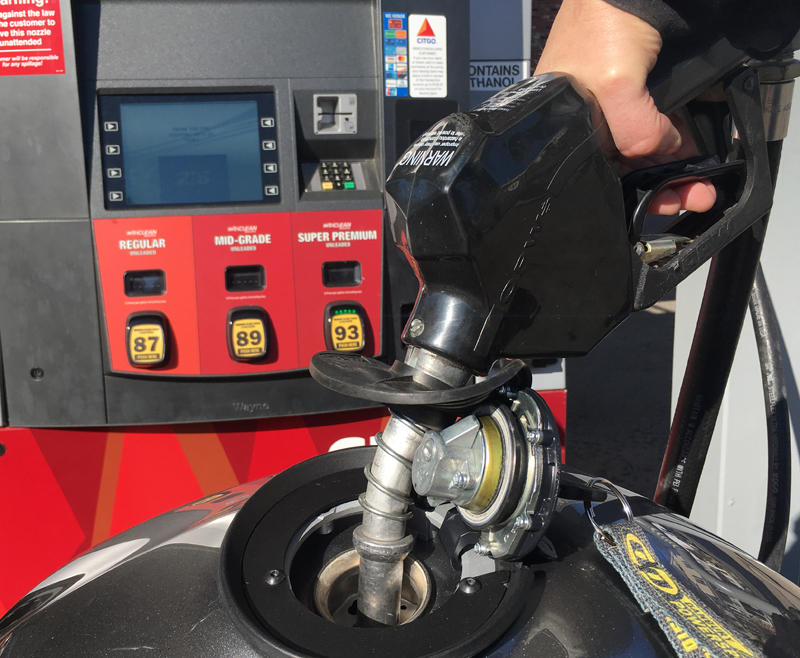
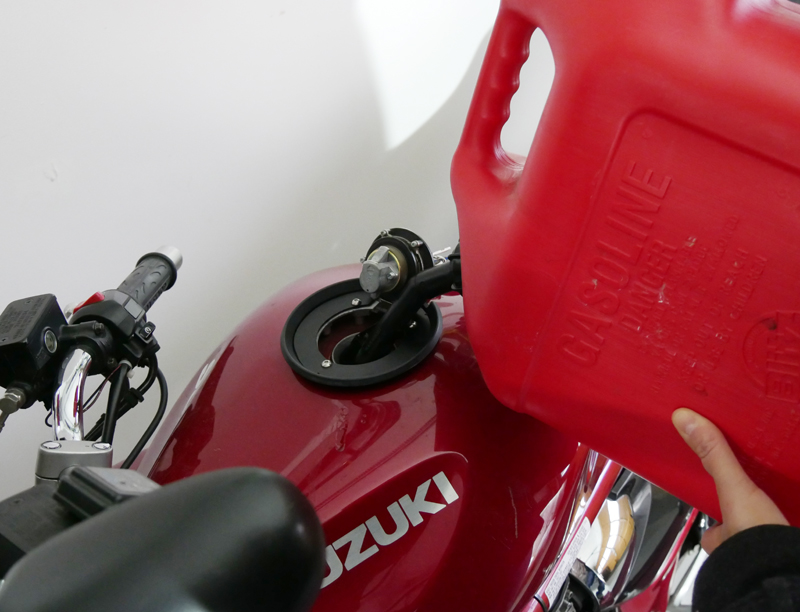
Also, fuel breaks down as it ages; its components separate into layers. The water evaporates and what’s left becomes a sticky varnish. Using a fuel stabilizer, such as Sta-Bil, in your gas tank will prevent this process.
Before you put the bike away for the season, ride it until it’s almost out of fuel. Bring the stabilizer with you to the fuel station and add it before topping off the tank. Then, during the few miles back home the stabilizer will have a chance to get through the system.
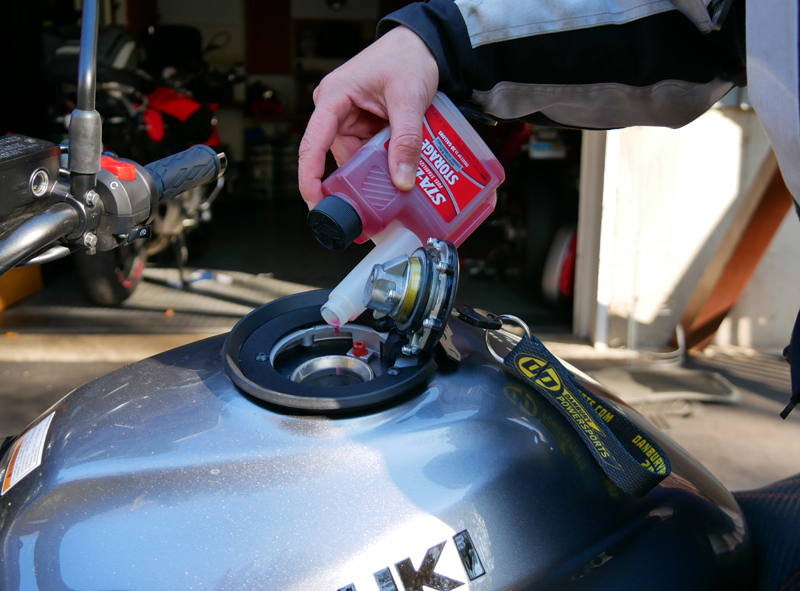
4. Empty the carburetors
If you have a fuel-injected motorcycle, you can skip to the next step. But if you have a carbureted motorcycle, you need to get all the fuel out of the carbs to prevent the jets and needles from getting plugged with the old fuel. One easy method to run them dry is to turn your fuel supply valve (petcock) to the off position and let the bike run until it’s simply out of gas.
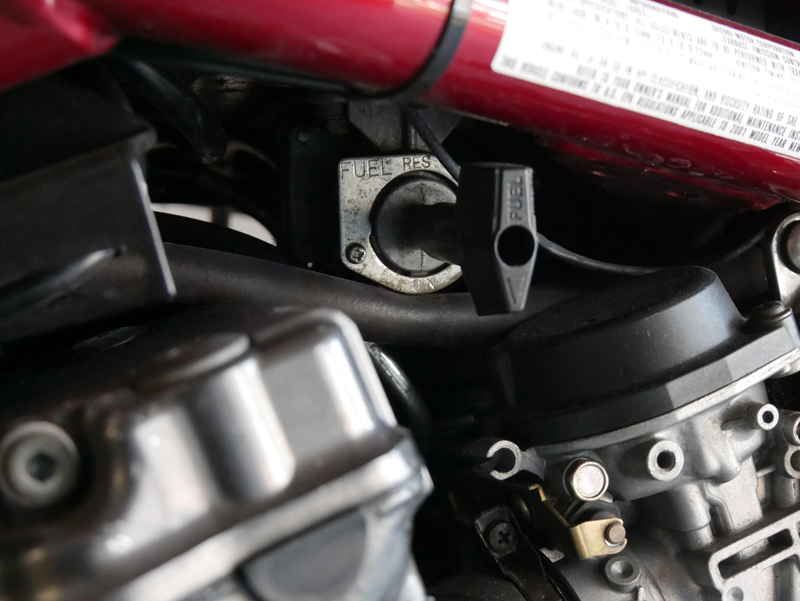
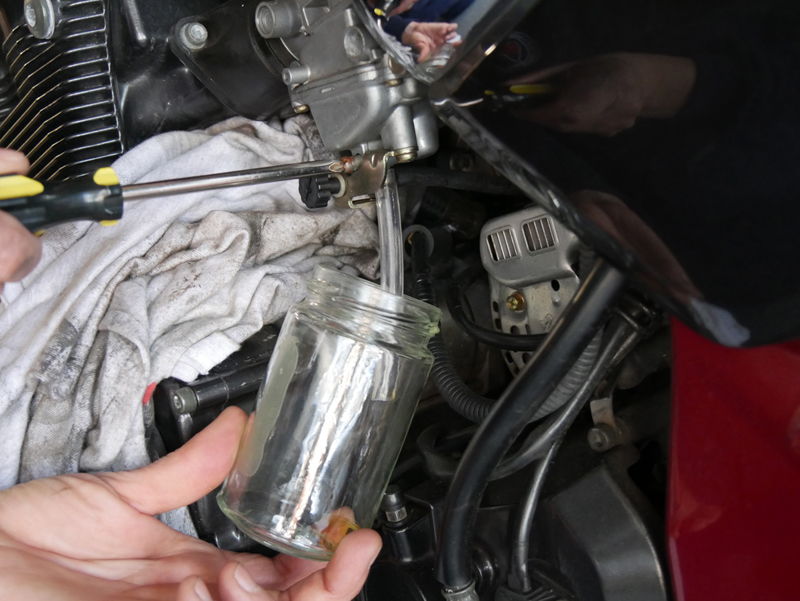
5. Plug the exhaust and airbox
Anytime you store your bike for a long period of time, you run the risk of critters getting into your engine to make a nice home for themselves. One easy way to prevent this from happening is to plug the entrances, such as exhaust pipes and open airboxes.
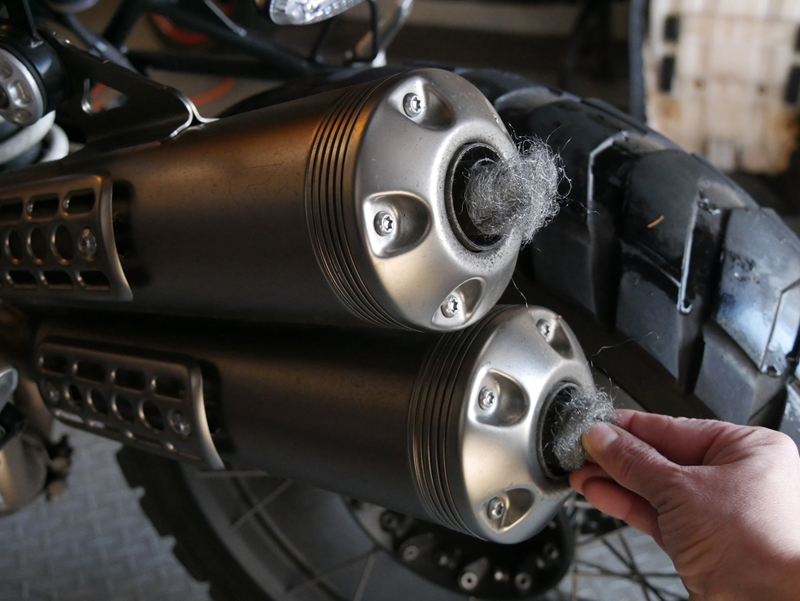
6. Inflate the tires or elevate
If you leave your motorcycle parked in one position for a long time the tires may develop flat spots. The best way to prevent this is to elevate it so the tires are off the ground. If this is an option, you’ll want to reduce the tire pressure by 20 percent.
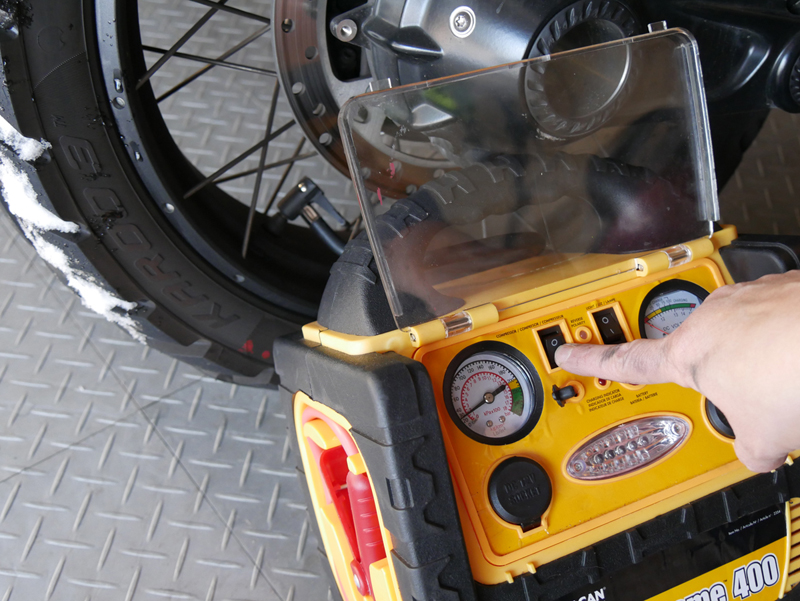
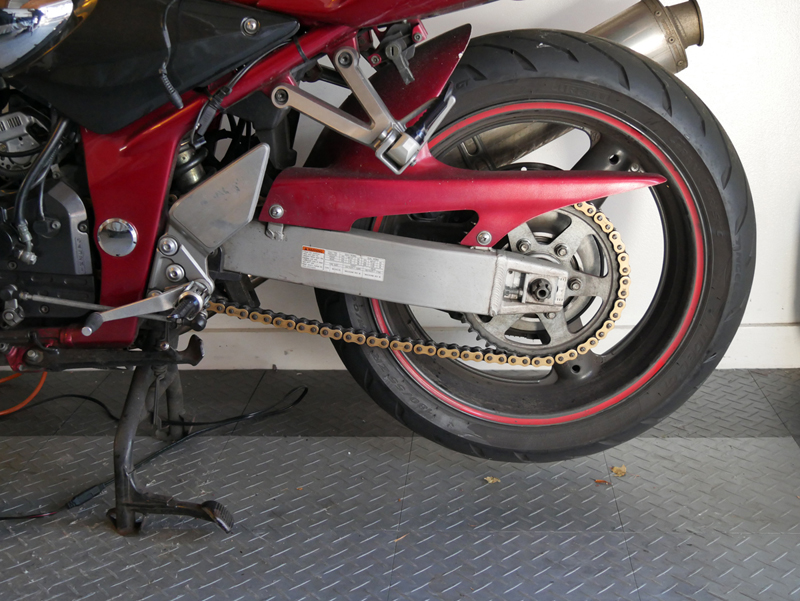
If you don’t elevate your bike, consider periodically moving the bike to prevent those flat spots.
7. Charge the battery
If you leave your bike without tending to the battery, you may as well save up to buy a new battery in the springtime, as all batteries naturally discharge over time. Purchasing a good 12V trickle charger is the best investment you can make to maintain your bike’s battery.
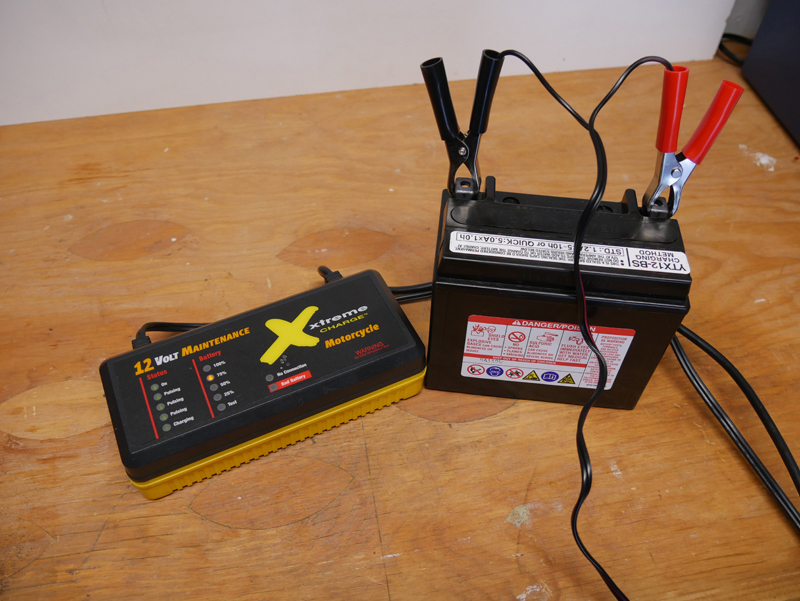
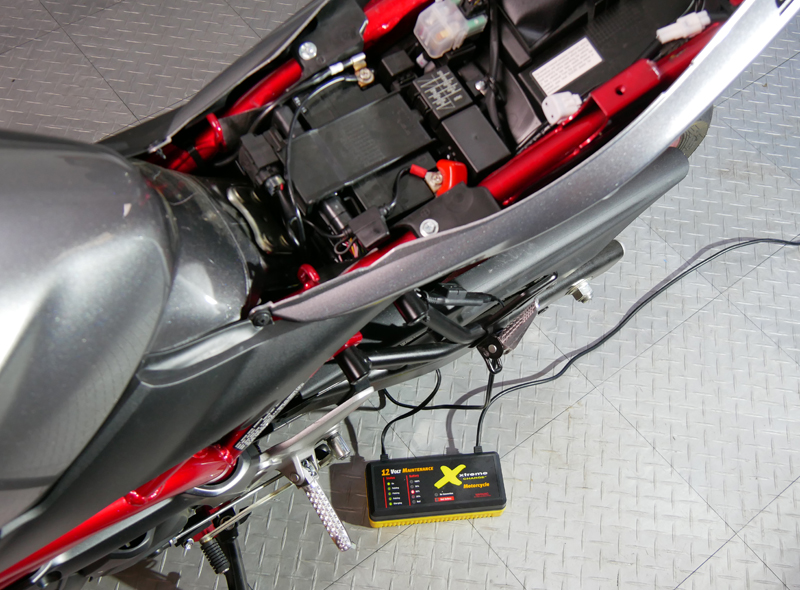
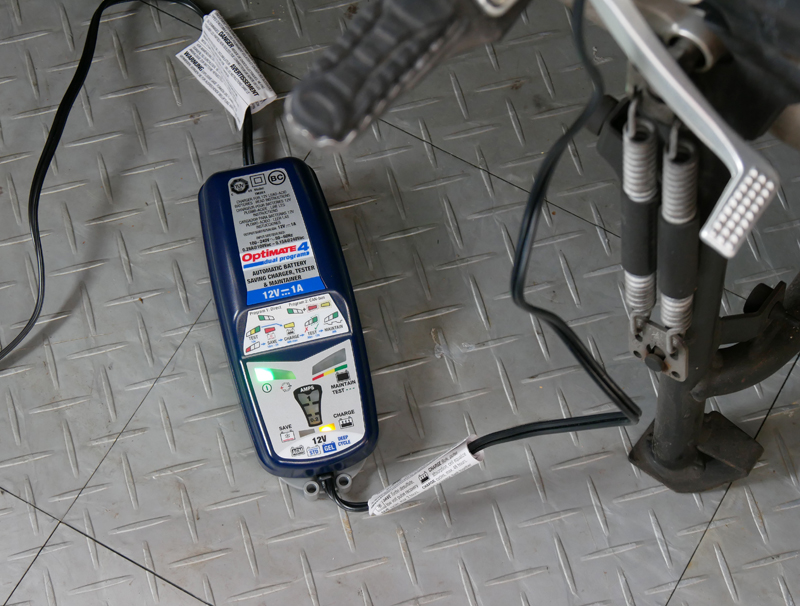
Beware of cheap ($10) battery chargers. Most of them do not provide a float charge, rather, they provide a constant charge regardless of the battery’s condition, which can do more harm than good to a battery.
Many people think that just running your bike every few weeks during winter is a good method to keeping the battery maintained. Believe it or not, this is actually more harmful to your motorcycle. By idling your motorcycle in cold weather, you are essentially stripping oil from cylinders and pistons, which you’d coated nicely when you put your bike away properly. You’re also using fuel, which is creating more air in the tank (remember the corrosion lesson?).
If you have an opportunity to actually ride the bike, then certainly by all means ride! (Just watch for sand and ice, and inflate your tires, and do all your other pre-ride checks first.) But just know that idling the motorcycle doesn’t actually get it up to operating temperature, no matter how long you let it run. And if you do go out for a ride, you need to go through all the other winterizing steps all over again.
8. Cover it
The last step to storing your bike is to protect it with a cover. I’ve used old sheets, dropcloths, moving blankets, you name it. But a good motorcycle cover that fits your bike will protect it best.
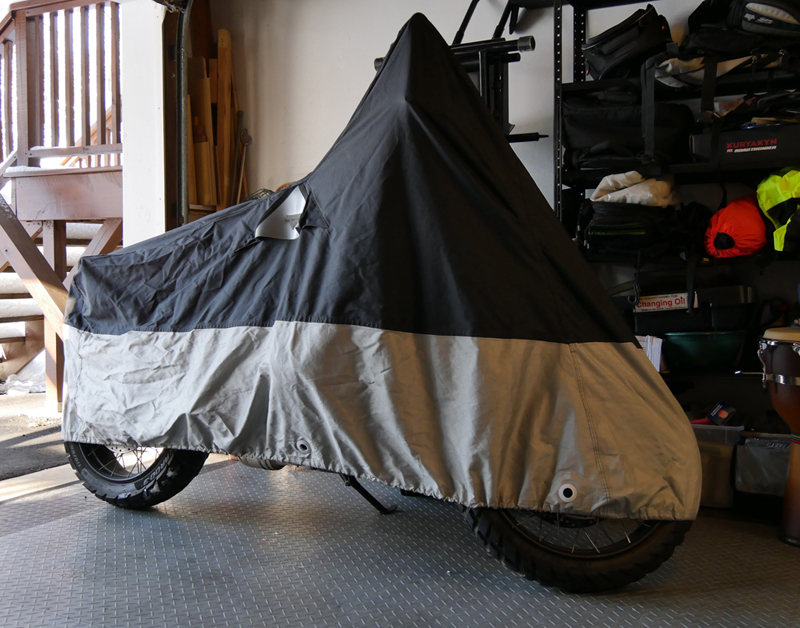
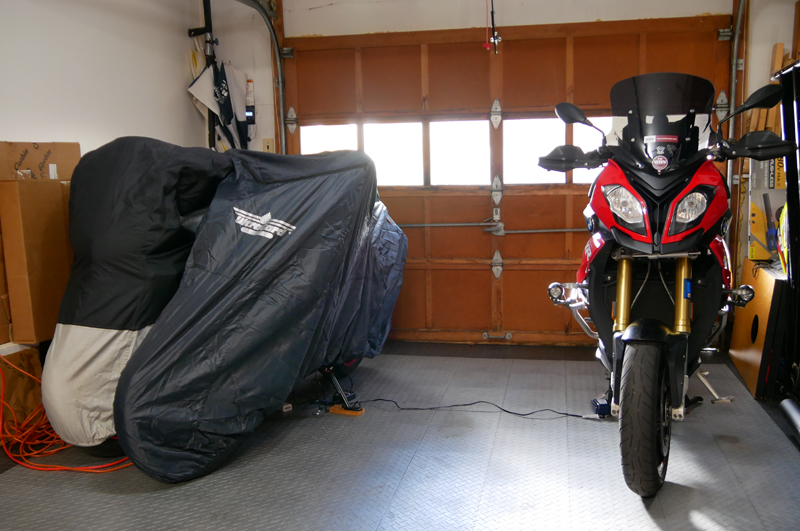
Related Articles
and Your Bike
Setting Up Your Motorcycle Garage
Review: Weego Motorcycle Battery Jump Starter
Prepping Your Motorcycle for Summer

Great article. Got any advice on trailering motorcycles long distances? We are going to trailer our bikes to Arizona for the winter (yay for us, we get to golf and motorcycle all winter!) We have an open trailer with a shield at the front but are debating whether or not to cover the bikes.
Lucky you that you get to head to someplace warm for the winter! Check out our “trailer-realted” articles here:Trailers/Covers ReviewsAs far as covering an open trailer…don’t do it! The cover will catch the wind during the drive and will scratch the heck out of your bikes. You are much better off keeping them exposed until you stop for the night or reach your destination.
Great article. Very helpful tips for harsh winter weather. As I was reading it, I wondered about what tips might be offered for those of us who are fortunate to ride in mild winter weather (temps in the low to mid 30s and some frost on the road in the early mornings). Are there useful things to do for your bike in this kind of weather? Currently, I pull out my winter riding wear but do nothing for my bike which I ride to work daily so it sits out in the cold all day. I ride a Honda Shadow Aero.
There definitely are some things you can do to make sure your motorcycle continues to run well in colder temperatures. We teach about TCLOCS in the MSF BRC—it’s important to continue this process, and even be more diligent about checking that your motorcycle is in good running condition before each ride. Extreme weather fluctuations will change the air pressure in your bike’s tires, so be extra diligent about checking your tire pressure before each ride. In addition, you’ll want to be sure to clean off road debris that can begin to rust and corrode your bike after each ride, and install a lead to your bike’s battery, so you can just plug it into a trickle charger each night.You’ll also want to change the way you ride during cold weather when there’s the possibility of reduced traction. Our article about riding on gravel covers some great tips on what to do in these situations.Be safe and have fun!
Very good article and information! Thanks for sharing this.
Tips you should do—now!